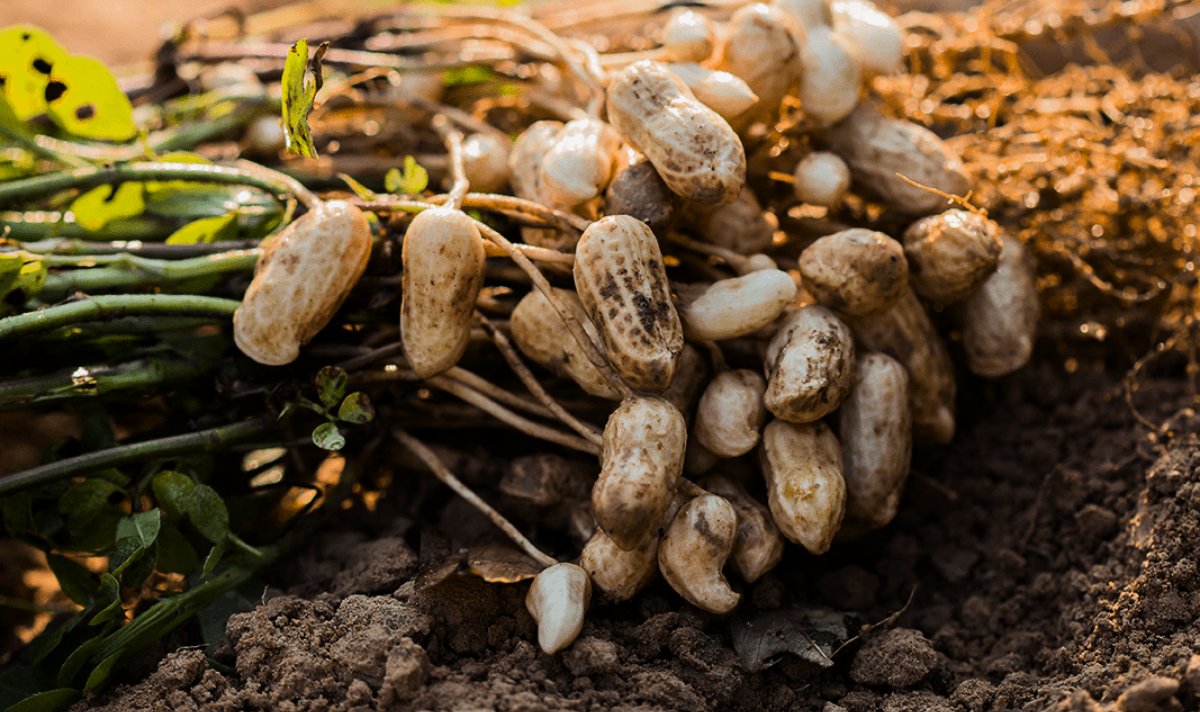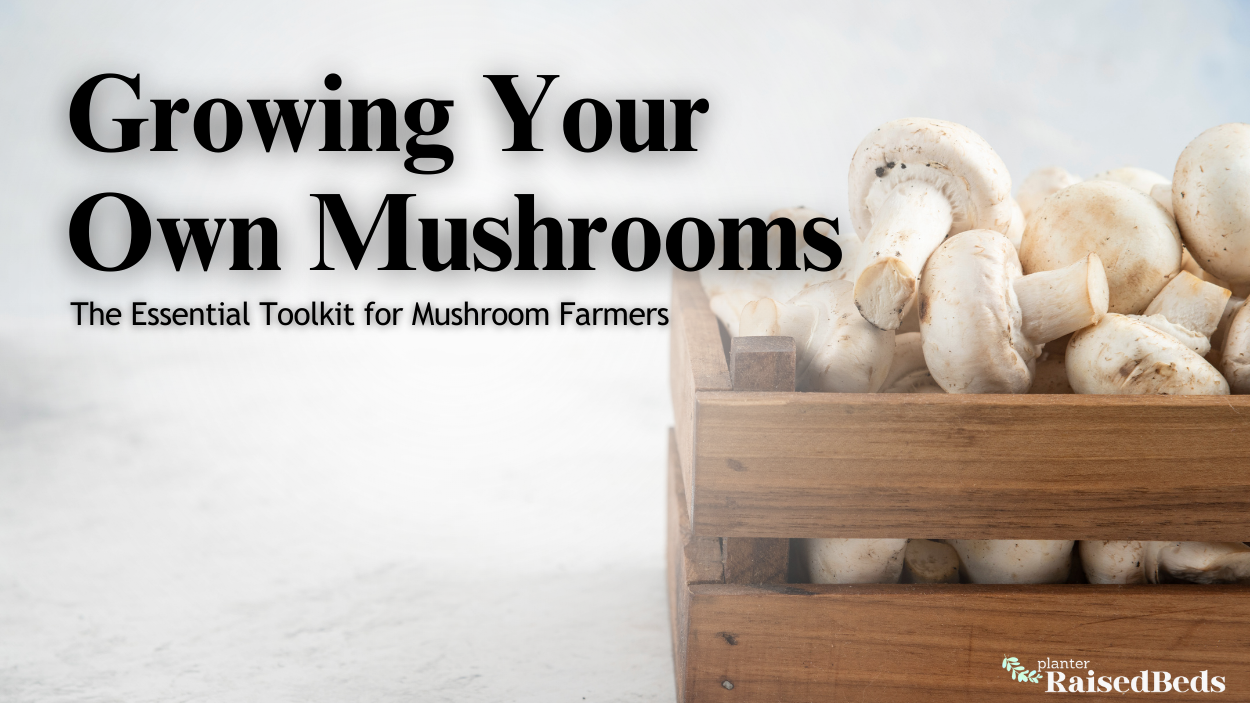Sunflowers are simple to grow and require full light, well-drained soil, and regular watering. After the last frost, sow the seeds straight into the ground, or start them inside 2-4 weeks before the last frost. Select a sunny spot with plenty of room for your sunflowers to grow. In my experience, sunflowers should bloom in late summer or early fall if properly cared for.
What Kind of Sunflowers should Beginners Plant?
Beginners should start with easy-to-grow flowers like marigolds, zinnias, sunflowers, or cosmos. As I have learned, these flowers are hardy and can withstand a variety of growth situations, such as varied degrees of sunlight, soil types, and watering regimens. They also have quick germination times, making them perfect for inexperienced gardeners. When you have more experience, you can try growing more difficult flowers such as roses, dahlias, or orchids.
What Time of The Year is Most Suitable for Planting Sunflowers?
Sunflowers are best planted in late spring to early summer after the earth has warmed up and the risk of frost has passed. The precise timing will be determined by your location and climate. Sunflowers should be planted after the last frost date in your area. Here is my small tip, start them indoors 2-4 weeks before the last frost date and move them outside once the earth has warmed up. This will offer your sunflowers a head start, maybe resulting in early blooms. Keep in mind that sunflowers need a lot of sun, so choose a location with plenty of sunlight.
How to Grow Sunflowers?
Follow these instructions to grow sunflowers:
1. Select a sunny spot with well-draining soil. Sunflowers require at least 6 hours a day of direct sunlight.
2. Loosen the soil and remove any weeds or trash from it. Sunflowers prefer soil that is slightly acidic to neutral in pH, ranging from 6.0 to 7.5.
3. Plant the seeds straight into the ground after your area's last frost date, or start them inside 2-4 weeks before the last frost date.
4. Plant the seeds 1 inch deep and 6 inches apart. Cover them with soil and gradually water them.
5. Water the sunflowers on a regular basis, keeping the soil moist but not wet. Sunflowers are drought-tolerant after they have established themselves.
6. If required, provide assistance for your sunflowers. Tall types may require posts or cages to keep them upright.
7. Keep an eye out for pests like aphids and caterpillars and treat them as needed.
8. Harvest the sunflowers when the seeds are fully grown and the bloom heads are brown. Hang the heads upside down to dry with approximately 12 inches of stem remaining.
Frequently Asked Questions
1. Do sunflowers need a lot of water?
Sunflowers require regular watering to keep the soil moist, but they are drought-tolerant and should not be overwatered. Overwatering can cause waterlogging of the soil and root rot. A decent rule of thumb is to water your sunflowers deeply once a week, or more frequently if the weather is hot and dry. You can also check the soil moisture level by sticking your finger into the soil. If the top inch of soil feels dry, it's time to water.
2. Do sunflowers attract bees?
Yes, sunflowers have been shown to attract bees as well as other kinds of pollinators such as butterflies and hummingbirds. The sunflower crowns' bright yellow blooms and black cores provide a rich source of pollen and nectarines for these useful insects. It is critical to attract bees to your garden in order to increase fruit and vegetable yields and promote a healthy ecology.
3. What can I do with sunflower seeds?
Sunflower seeds are multifunctional and can be used in various circumstances. You can eat sunflower seeds after grilling them, or use it in baking breads. Also, sunflower seeds can be used in creating oil, it is even much more nutritious compared with other vegetable oil.
Final Thought
After a year of gardening, I have gained more experience and gradually become more and more interested in this hobby. Having your own sunflower garden is fun and enjoyable. Below are our team’s experience and research after 1 year of gardening, hopefully, every gardener may have the prettiest yard.




